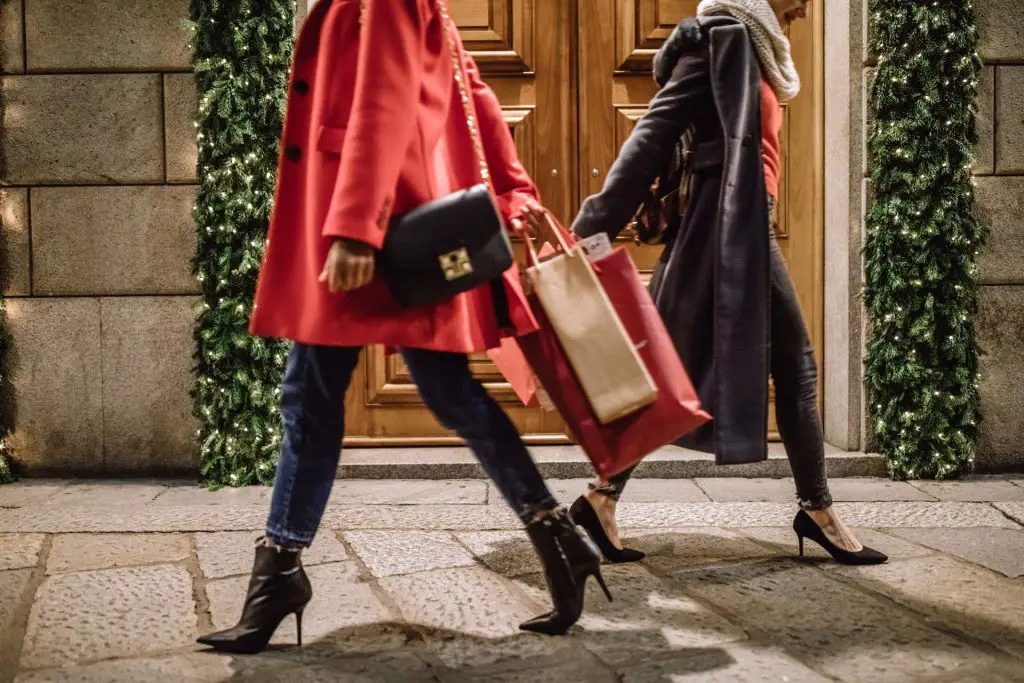Italy has long been a beacon of style and sophistication, and its influence on fashion is undeniable. Over the past century, Italian fashion has evolved dramatically, with each decade introducing trends that would go on to inspire the world. Here’s a look back at five iconic fashion trends from the 1910s to today that have not only defined Italian style but also left a lasting impact on global fashion.
The 1910s and 1920s: the Art Deco influence and women’s liberation
The early 20th century was a revolutionary period in Italy, with fashion mirroring societal shifts. The 1910s saw women pushing boundaries, embracing shorter hemlines, and experimenting with more comfortable, flowing fabrics—a stark contrast to the restrictive corsets of the past. By the 1920s, the influence of Art Deco was evident, as Italian designers began adopting geometric patterns, bold jewelry, and ornate details in their designs. This was also the era of the “flapper” dress, which Italian women embraced with enthusiasm. In cities like Milan, the fashion capital that was emerging at the time, young women danced to jazz in dresses that highlighted a newfound sense of freedom and self-expression. This period laid the groundwork for Italian fashion’s evolution toward modernity and established the country as a trendsetter in women’s wear.
The 1950s: “La Dolce Vita” and Hollywood glamour
After the devastation of World War II, Italy was ripe for a rebirth, and the 1950s ushered in a golden age for Italian fashion. The post-war era saw the rise of iconic Italian designers like Emilio Pucci and Valentino, who helped redefine femininity with elegance and luxury. The influence of cinema was unmistakable—Hollywood stars flocked to Italy, and films like Roman Holiday and La Dolce Vita portrayed an Italy that was romantic, fashionable, and glamorous. Italian fashion was defined by romantic silhouettes, fitted waistlines, and flowing skirts that exuded femininity. This decade saw the birth of “Made in Italy” as a global standard of excellence, with Italian craftsmanship becoming synonymous with style, luxury, and a passion for life.
The 1970s: the rise of Italian high fashion and the disco influence
The 1970s marked Italy’s ascent to the top of the high-fashion ladder, with designers such as Giorgio Armani and Gianni Versace establishing themselves as global icons. This was a time of experimentation, with the disco culture influencing not only the nightlife scene but also fashion. Italians embraced bold colors, intricate patterns, and eclectic styles, from bell-bottoms to jumpsuits. Giorgio Armani’s minimalistic yet chic approach redefined the concept of “power dressing,” while Versace’s vibrant designs added flair to Italian fashion. Italian fashion in the 1970s wasn’t just about clothes—it was a lifestyle. From high-waisted jeans to wide-brimmed hats, the Italian look was effortlessly chic, creating a sense of allure that captivated audiences worldwide.
The 1980s and 1990s: the era of luxury brands and high-end fashion
By the 1980s, Italy was a powerhouse in luxury fashion, with brands like Gucci, Fendi, and Prada dominating the global market. Italian designers capitalized on opulence and extravagance, with bold styles that were both provocative and luxurious. The 1980s were characterized by shoulder pads, statement belts, and lavish prints that captured the spirit of the decade. Prada, in particular, revolutionized high-end fashion with minimalist designs that embodied sophistication. The 1990s, meanwhile, saw a shift toward simplicity, with “less is more” becoming the new mantra. The Italian fashion industry responded with more refined, minimalist looks that reflected the changing tastes of consumers. Dolce & Gabbana became icons with their Sicilian-inspired designs, showcasing Italy’s rich culture and heritage. This era solidified Italy’s position as a leader in high-end fashion, creating a legacy that continues today.

The 2000s to today: sustainability and the revival of tradition
In the 21st century, Italian fashion has embraced sustainability while honoring tradition. Contemporary designers are bringing back classic Italian elements—think high-quality fabrics and timeless silhouettes—while adopting eco-friendly practices. Gucci, for example, has committed to sustainable fashion, leading the industry with initiatives that promote environmentally conscious production. Young Italian designers are also making their mark, drawing from Italy’s rich cultural heritage to create fresh, innovative styles that appeal to a new generation. This trend reflects a broader movement in Italy, where there’s a renewed appreciation for craftsmanship and tradition in a fast-paced, digital world. As Italy continues to influence global fashion, its commitment to sustainability, quality, and elegance ensures that Italian style remains iconic and relevant in today’s fashion landscape.
Final considerations
Italian fashion has seen countless transformations, from the liberation of the 1910s to the sustainable luxury of today. Each decade has added a unique layer to the rich tapestry of Italian style, and its influence on global fashion remains unmatched. These five trends not only capture Italy’s evolving aesthetics but also tell a story of resilience, creativity, and an unwavering commitment to beauty. As Italian fashion continues to evolve, one thing is clear: Italy will always be at the heart of fashion, inspiring the world with its timeless elegance and style.

